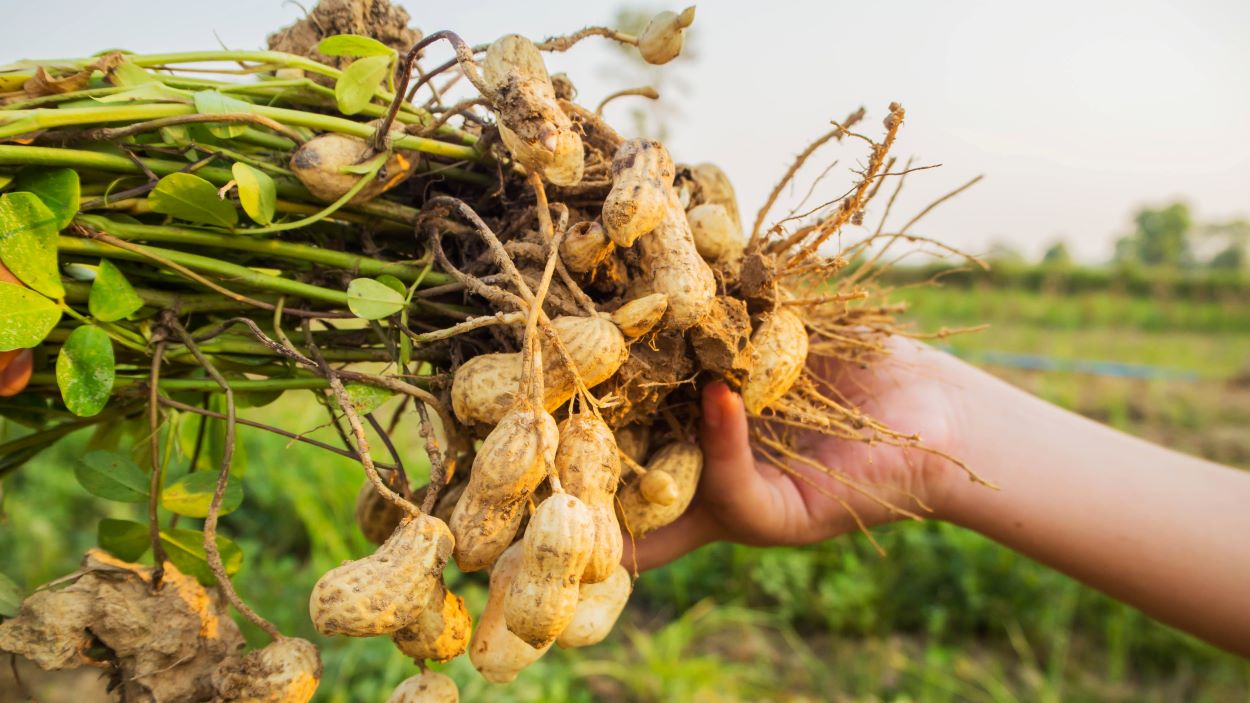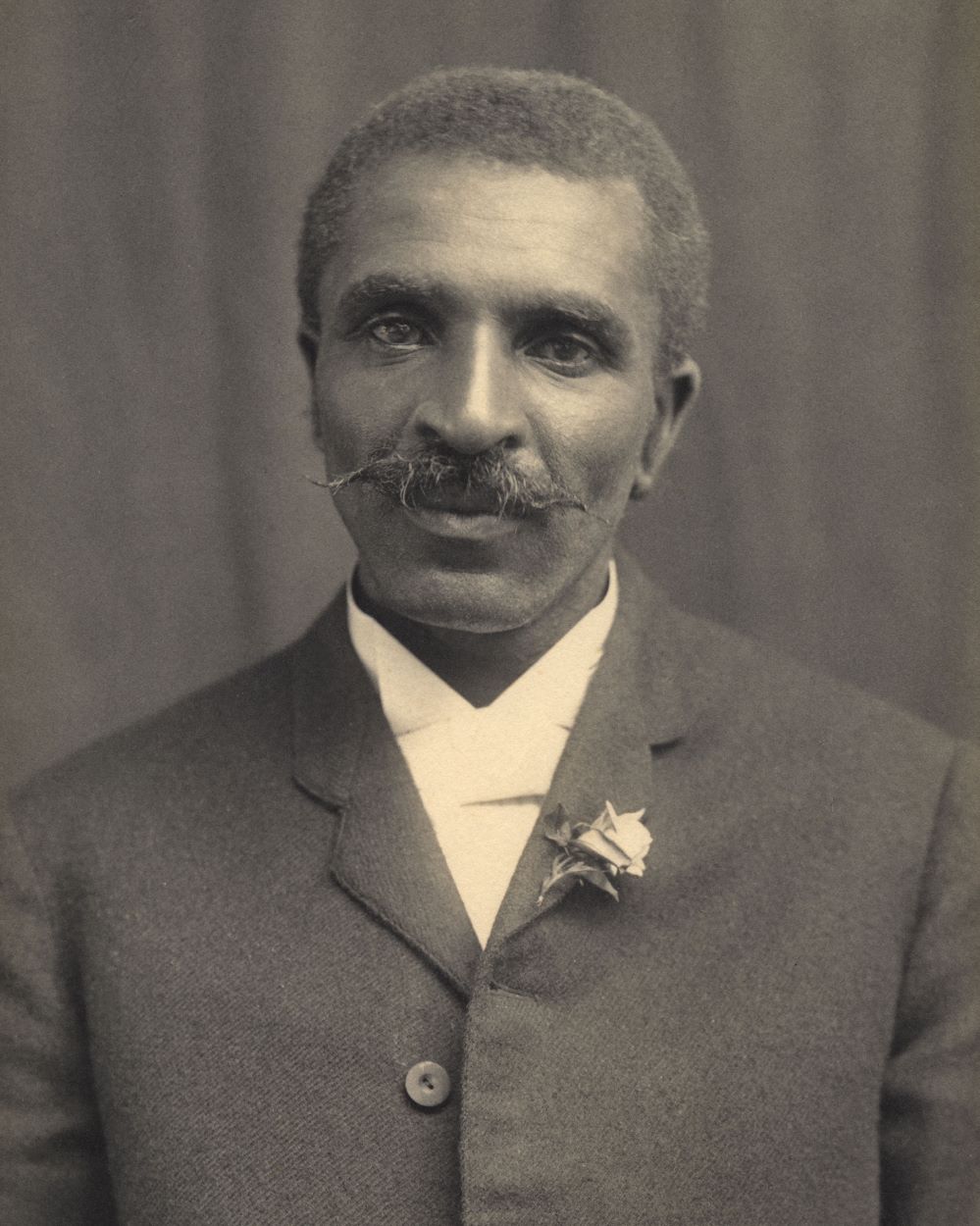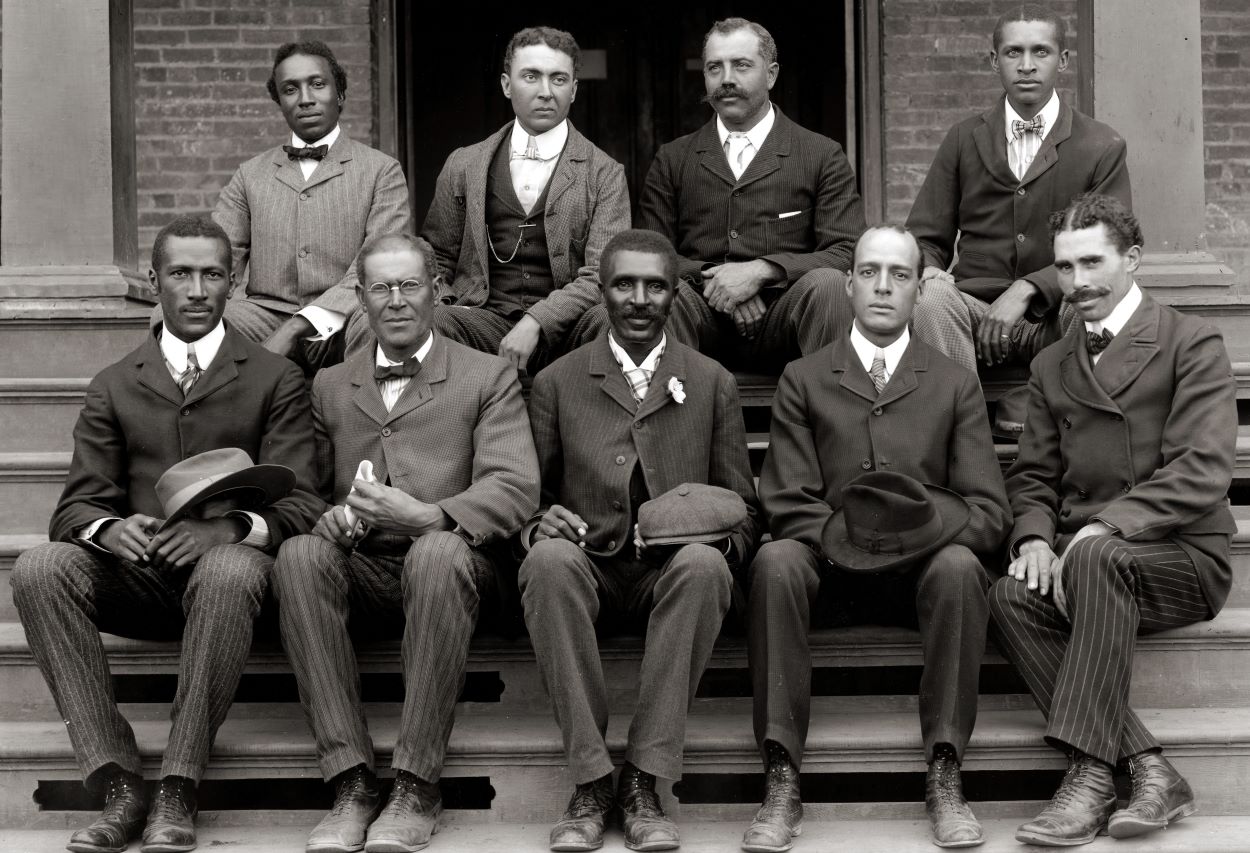
Dubbed the most prominent African-American scientist of the 20th century, George Washington Carver is a name many Americans recognise. Most commonly known for his work inventing and popularising uses for the peanut, Carver’s contemporaries affectionately nicknamed him “The Peanut Man”. Carver has been credited with revolutionising and saving the agricultural industry in the South by promoting crop rotation to regenerate soil, which was depleted of nutrients due to the constant planting and harvesting of cotton. Defying discrimination and the racism that was rampant in the southern states, Carver became a public figure. On his grave was written, “He could have added fortune to fame, but caring for neither, he found happiness and honour in being helpful to the world.”
Humble beginnings
Carver began his life as a slave. Living on a plantation in the deep south, he had a less than illustrious introduction to life. Kidnapped by night raiders, the sickly child was unable to work in the fields yet was still treated as less than human. His early years left much to be desired. However, as slavery was abolished and the culture began to shift, the owners of the plantation raised Carver and his brother James as though they were their own children. Though the local public schools didn’t allow African-American children to attend, their adoptive parents taught the brothers to read and write. After getting a taste of knowledge, Carver wanted more. As he put it:
“When just a mere tot in short dresses my very soul thirsted for an education. I literally lived in the woods. I wanted to know every strange stone, flower, insect, bird or beast. No one could tell me. My only book was an old Webster’s Elementary Spelling Book. I would seek the answer here without satisfaction.”1
Travelling 15 kilometres to the nearest school for African-American children, Carver began his education in earnest. This was also where he began to shed the mentality of slavery. After introducing himself as “Carvers’ George”, he was told that from that moment onwards, he would be George Carver. He would be his own man.

After proudly graduating with his high school diploma, Carver searched for a college that would accept an African-American student. After much thought and disappointment, Carver finally found his home at Iowa State University. He began his studies in music and art before being redirected to agriculture when one of his teachers noticed and encouraged his talent. He would remain forever grateful for that direction, finding his life’s purpose in the dirt and the plants that had served as a comfort since his earliest years, and would continue to do so until his death.
Fostering this passion sparked Carver’s lifelong study of agriculture and farming that would bring about his best and most valuable work. Finding creative uses for the peanut from flour to paper to soap, he reintroduced the humble product to the public eye as something practical and worthwhile. He also experimented with treatment for polio, massaging peanut oil into the affected limbs of patients. It was later discovered that the massages, not the oil, had the most beneficial effects. Nevertheless, the method improved the lives of many, reducing pain and strengthening the muscles that had been weakened by the disease.
From peanuts to politics
At 57 years old, Carver had the honour of testifying to Congress on behalf of peanut farmers whose profits were being undercut by cheap plants imported from China. His time, set initially to 10 minutes, was continually extended as the Congressmen listened with rapt attention. By the time his testimony was finished, Carver had almost singlehandedly propelled Congress to add a tariff on imported peanuts, preserving the thriving industry. It was this event that originally thrust Carver into the public eye and began his journey to notoriety. His silver tongue and quick mind were consistently his strongest points, leading him to help others while remaining humble even in his fame.
In recent years, environmentalism has been discussed and debated loudly and often. With climate change in the spotlight, modifying farming methods are an essential part of the conversation. Carver, a man ahead of his time, championed the improvement of farming through small, sustainable agriculture and replenishment of the soil. These methods are still used today, the most notable being crop rotation, which was popularised through Carver’s extensive efforts. Though he was born more than 150 years ago, his methods are still benefitting us today.
Despite his popularity and the acknowledgement of his efforts that we see today, Carver was still a product of his times. Looked down upon because of his skin colour, he was exposed to the horrors of racism from a young age. At the age of 12 he witnessed the burning of an African-American man, accused of a crime and dragged to his death with no hesitation. More than 60 years later he wrote, “As young as I was, the horror haunted me and does even now.”2 Rejected by his very first college because of his race, even after he had been accepted and arrived on campus, Carver was told, “You didn’t tell me you were a Negro. Highland College does not take Negroes.”3 Despite all this, Carver remained dedicated to helping others, even those who had hurt him. As he said himself, “The primary idea in all of my work was to help the farmer and fill the poor man’s empty dinner pail . . . My idea is to help the man farthest down.”4

Divine inspiration
Throughout his life, from humble beginnings to fame and fortune, Carver gave credit to God for his accomplishments. As described by a Time article published during his lifetime, “When [Carver] was younger, he got up at 4 am . . . [to] commune with God.”5 That faith did not falter, even as his fame grew and his fortunes increased. He often repeated the story of his first experience with God: “I was just a mere boy when converted, hardly 10 years old. There isn’t much of a story to it. God just came into my heart one afternoon . . . A dear little white boy, one of our neighbours . . . told me he was going to Sunday school tomorrow morning. I was eager to know what a Sunday school was. He said they sang hymns and prayed. I asked him what prayer was and what they said. I do not remember what he said; only remember that as soon as he left I climbed up into the loft, knelt down by the barrel of corn and prayed as best I could. I do not remember what I said. I only recall that I felt so good that I prayed several times before I quit. That was my simple conversion, and I have tried to keep the faith.”6
Shea Standish is a student studying pre-law at Washington Adventist University, US. She recently completed a summer internship with Adventist Media in Wahroonga, Australia.
Footnotes
- McMurphy, Linda O George Washington Carver: Scientist and Symbol. Oxford UP, 1981.
- McMurphy, Linda O. George Washington Carver: Scientist and Symbol. Oxford UP, 1981.
- Wilson, Ron, and Kay Ann Taylor. “The Questfor The Quest for Education: Racism, Paradox, and Interest Education: Racism, Paradox, and Interest Convergence in the Life of George Washington Carver.” Educational Considerations, vol 45, no 2, 2020.
- Kremer, Gary R, and George Washington Carver. George Washington Carver in His Own Words. University of Missouri Press, 1987.
- “‘Peanut Man.’” Time Magazine US, 14 June 1937.
- Carver, George W. “G W Carver; Letter to Isabelle Coleman.” Received by Isabelle Coleman, 24 July 1931.









